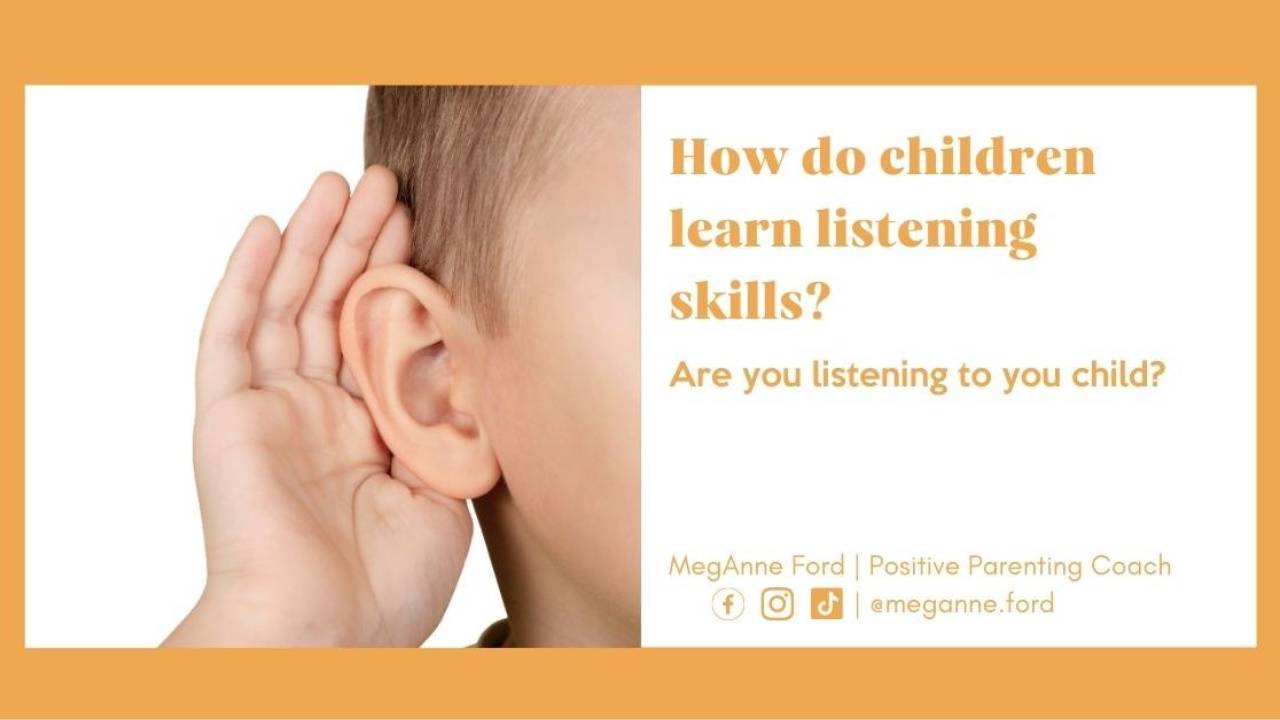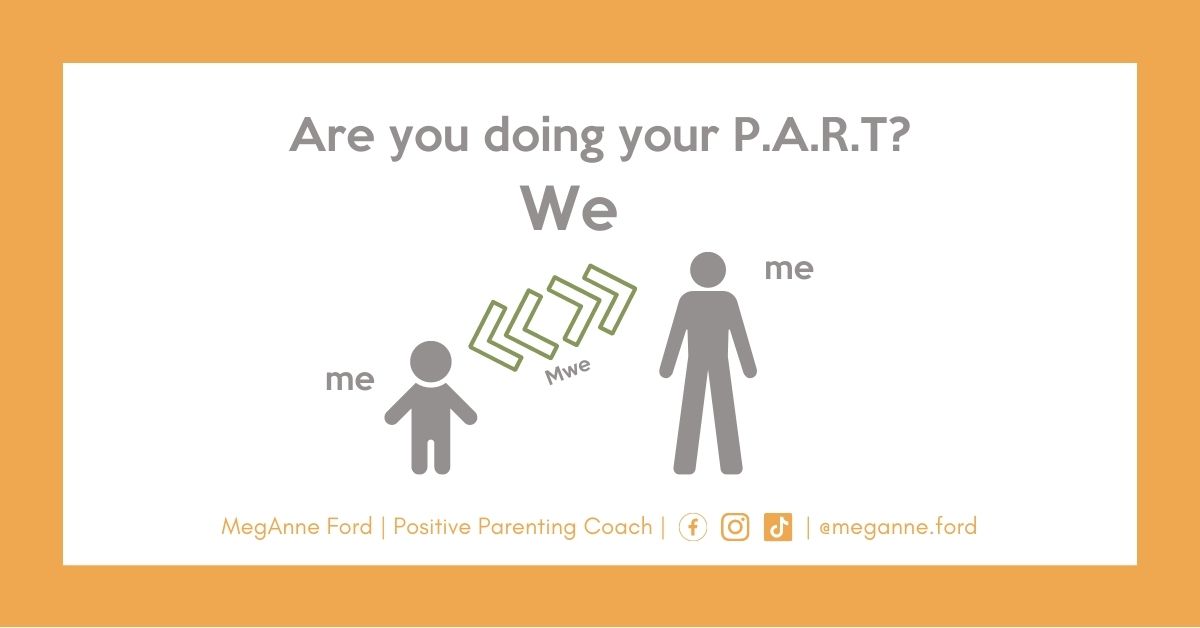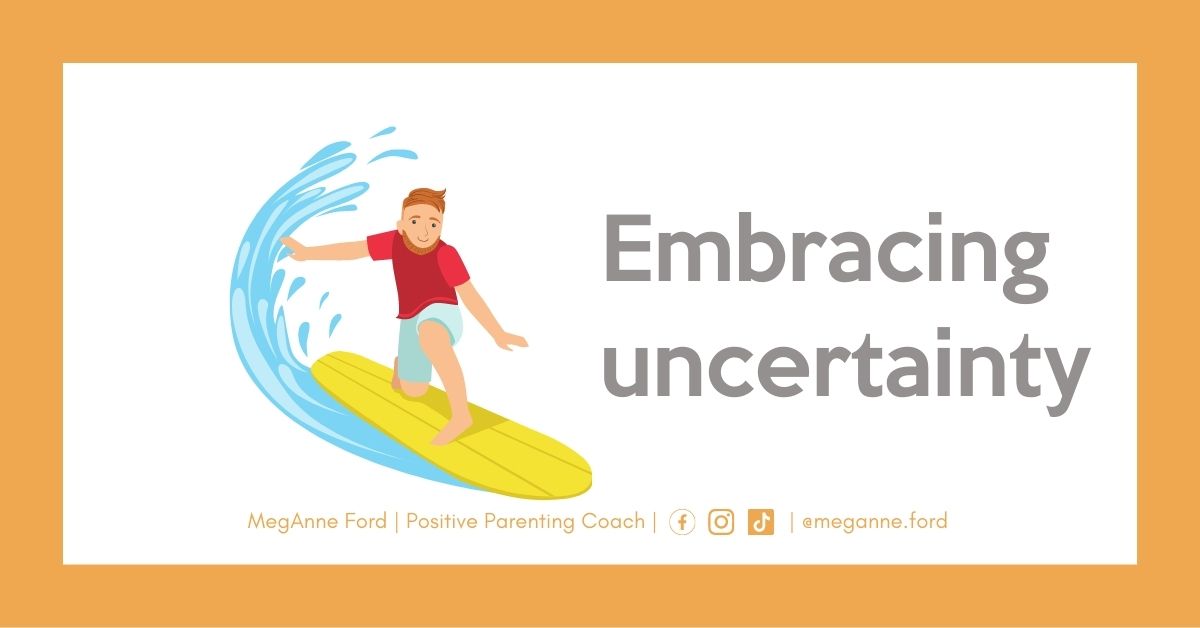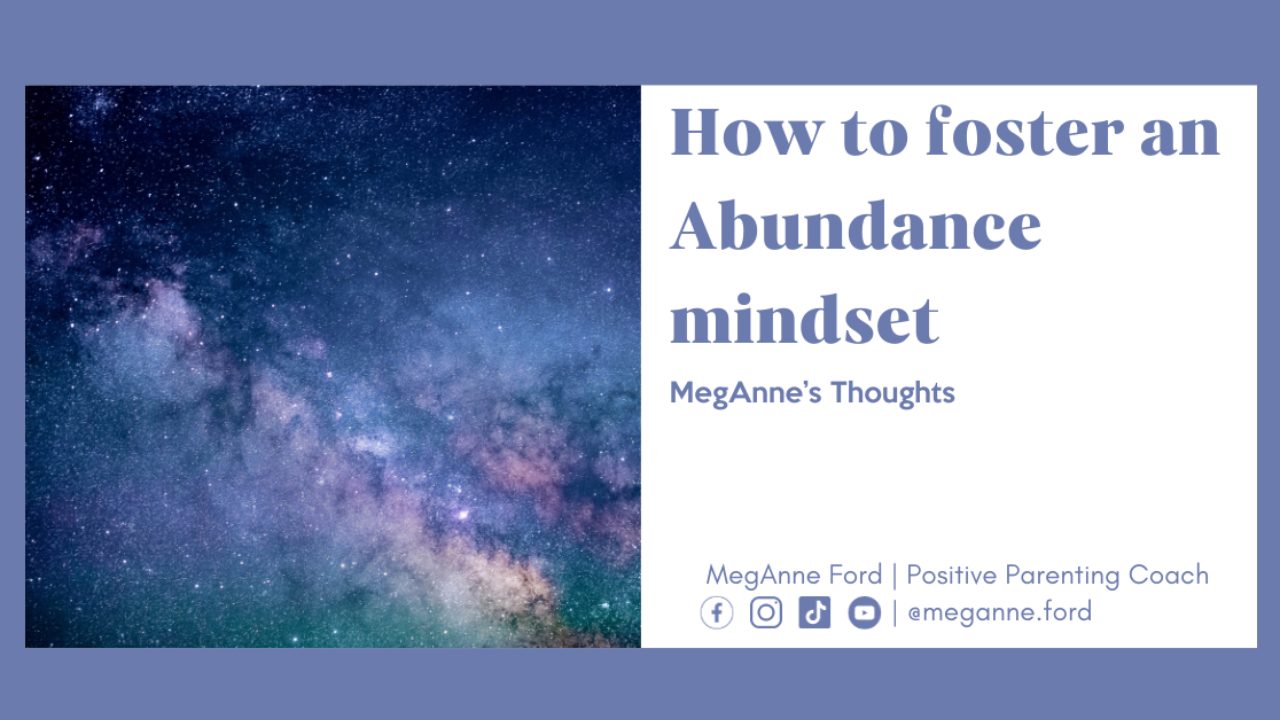
Are you listening to your child?
Jun 19, 2024
How do children learn listening skills? We explore how to change that question so that you, the caregiver, can be in the driver's seat.
Hi, my name is Meganne Ford, and my passion is strengthening family relationships. I help parents like you learn how to deal with your strong-willed child's challenging behavior and build a thriving family relationship with online courses and community. I am a former early childhood educator turned positive parenting coach.
Takeaways
- Children learn listening skills best through the modeling of active listening by their caregivers.
- Shifting the focus from "You're not listening to me" to "I am not being heard" highlights the importance of feeling understood.
- Effective communication within the parent-child relationship involves the C.L.E.A.R. Method, starting with establishing a genuine connection.
- Practicing P.A.R.T. (Presence, Attunement, Resonance, Trust) fosters a deeper, more empathetic relationship and helps ensure that children feel heard and valued.
Doing your part to teach active listening
There are four different listening styles (informational, bias, defensive, and active). I’m sure either you've been told this, or you've heard this “you're not listening to me.” My inner raging teenager comes out when I think about this phrase.
I can sense frustration when I hear or say that phrase. What they are really saying is, “I am not being heard.”
Can you hear the difference between these two phrases?
“You are not listening to me!”
Vs
“I am not being heard!”
How can we convey the sense that someone feels heard or connected to? This is the first step of the C.L.E.A.R. Method, which is connection. We ask ourselves, “How can we show up in ways that someone feels heard.”
Listening is a skill taught best through modeling.
We learn to listen from being listened to.
“Children must be seen and not heard”
Just saying that statement still pings up a challenge. Growing up, I would do the opposite. You're going to hear me. I'm going to make sure that you hear me. I'm going to get louder until I feel heard.
Children are listening to you exactly how you've modeled listening. It is tough to hear, but if they're not listening to you, you may not be listening to them.
Within the parent-child relationship, the inner space is connected. That space of connectedness needs to have two-way communication. It's the talking and listening.
The goal is to have our children listen to us. So we need to examine how we are listening to them.
Dr. Dan Siegel describes this bond, this transference of energy, as the "me-we connection."
Are we doing our P.A.R.T?
Presence - Attunement - Resonance - Trust
We do our part by staying present, attuning to the person in front of us, creating a resonance within, and then establishing a sense of trust.
We are working to link two separate parts together.
Doing our P.A.R.T
What does Presence mean?
In a podcast episode, “What does being present mean?” we break down a parent's goal about being present. There seems to be a gold standard of what it means to be present.
Presence is a dynamic experience and can be scary because being present means that we are going to open up and be receptive to what's going on around us.
When I think about being present, I think of a surfer. On our honeymoon, I tried to surf and could not do it. I instantly was not able to stay present. I wasn't able to stay calm. I was nervous about the water, I was nervous about my glasses, I was nervous about the board, and I was shifted into a state of feeling unsafe.
The act of being present invites you to embrace that uncertainty. It's not about trying to control the waves. It's about reading the ocean and working in flow with the waves while you surf.
We can take this concept and apply it in parenting. We can become attuned parents to our children’s emotional waves like a surfer that becomes attuned to the waves.
Becoming aware of our unconscious expectations and judgments of children's behavior when we are faced with these moments creates big emotional waves within us.
Imagine a child in front of you who's crying, their red face, there are tears, they're upset, and they're angry.
Maybe we've labeled it as a tantrum or a meltdown. Either way, for me, it is a flag that's going up to say,
“Hey, I need help. I am feeling upset about something.”
In those states, when the child is upset, exploding, and just overwhelmed, we tend to make a mistake by searching for “why.”
We ask, “why are you upset,” we try to justify their response. We try to search for the reason that shifts us into a state of fixing and rescuing.
When we shift into a state of fixing and rescuing, that means that we're trying to regulate and control the situation versus meeting the situation exactly where it's at.
The state of being present is that someone feels heard and understood. It doesn’t matter why they are showing up dysregulated.
Being present creates the opposite of shame. Instead of interpreting the struggle in front of us as bad or a misbehavior or potential threat, we become aware and present to their state of dysregulation. Their brain is flipped, something is triggered, something is creating a state of frustration or upset, and that's all we need to know .
What is Attunement?
Attunement is the focusing of our attention on another's lived experience.
As we move through the phrase P.A.R.T., we can be present without attuning to someone, but it's very challenging to attune without being present. Because attunement means that we are able to stay open and present. We're able to then tune in to someone else's world.
Attunement communicates to the child that the parent can understand and share the child's feelings, experiences, inner mind, and world.
Attunement uses our five most common senses, sight, smell, taste, hearing, and touch. We can use those senses to sense someone else's experience. We can hear the cries. We can see the tears. We can smell the sweat, and we can feel their body getting clammy and upset.
We can also start to use three lesser-known senses;
- Sense of interoception: The sense of how our body feels that day or moment
- Sense of vestibular: Sense of our body, the posture
- Sense of proprioception: The sense of your muscles and joints. Needing a hug, pressure, or space to release.
We can start to incorporate all eight of these senses to tune in to the child's lived experience. To understand what is going on inside their body.
This will be grounding into the thought;
Kids are learning from us, the caregiver. They take their cues from us because we are the adult in the situation. We are the person of power and can do the work to attune to them.
What is Resonance?
Resonance means that we have a changed state, a changed inner world. We've opened our mind, we've tuned in our mind, and now our mind is going to be changed by another person's lived experience.
When we think of resonance, I always think about a guitar string. If you pluck a guitar string, the other two strings nearby will kind of reverb. That vibration is the resonance within.
Maybe you have had this thought, “Oh, I like that. It resonates with me”. You have been moved by whatever you heard, saw, smelled, or experienced. You shared the experience with someone else in resonance. We don't become the other person. We become shifted because of them.
That's resonance, and when we're communicating and talking through listening with a child, it's communicating using our senses using that attunement to convey that we have now been shifted by them. We now understand them, we're separate from them, we are not the same, and we don't have to share the experience. It's just communicating, “Hey, I get it. I've been moved because of this going on.” They may start feeling understood.
What is Trust?
Trust is the shared experience together. Steve Porges's polyvagal theory and trust simply states; it's either we're in trust, or we do not trust.
When we're in trust, we are open, calm, responsive, operating in our thinking, rational, and logical minds.
When we are in a state of not trust, we are in a state of fight, flight, freeze, and fawn. We shut down or become reactive.
Once you become aware of these states, you can ask yourself if you are in a state of trust or not. Then we are able to meet ourselves where we are in the moment. “Am I feeling open, calm, and responsive, or am I feeling triggered, activated, shut down, and reactive?” We can start to ask what is required right now, and building on that knowledge, we start to use our neuroception.
Neuroception is a term coined by Stephen Porges, the process of knowing what is safe and what is not safe.
We can look at the blog post - "Parenting is so Hard” and learn about assumptions and how our brains are conditioned and primed to fill the gaps with our prior knowledge, information, and experiences. Sometimes what we interpret that might be a threat, like a tiger really, might actually be a house cat or a paper tiger.
Asking ourselves, “What is shifting us? What is being created between us? Is it a state of trust connection?”
Are we doing our P.A.R.T.?
Am I able to stay present at the moment?
Am I able to open my mind?
Am I able to be like that surfer? Am I trying to control the waves, or am I riding the waves?
Am I attuning? Am I focusing my attention on their experience?
Is that message resonating with us and them?
Are we in trust?
Further your understanding
A great book to dive deeper into is called “Self-Reg” by dr. Stuart Shanker.
I read a passage in the book that helped me to continue my work of reframing what behavior means, reframing our role as caregivers. Part of our job is learning how to regulate ourselves, in this concept of being in a state of trust or not, and tuning into our own inner world. You can listen to the passage on my youtube video, “Are you listening to your child?”
A foundational piece of the work that I teach and coach is; understanding when we, the caregiver, are at or over our threshold, when we are not able to do our P.A.R.T., and how we are setting children up to do their P.A.R.T..
“I want to improve my family relationship. Where do I go from here? ”
I recommend finding yourself a trusted parenting coach or maybe some online parenting classes. This work is very patience meaning that it will not go away if you sit by and hope this will get better. It is worth taking messy action so that you and your family can grow together.












